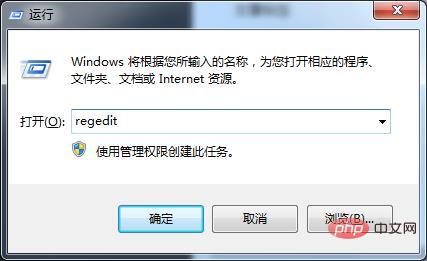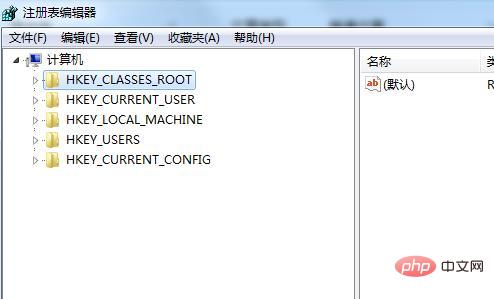MySQL is a small and exquisite but powerful database that is very popular currently. However, the installation package provided by the official website has two formats, one is in msi format and the other is in zip format. So how to uninstall the compressed version of mysql? The following article will introduce it to you. I hope it will be helpful to you.

Steps to uninstall the compressed package version of mysql:
1. Close the MySQL service
Run cmd as administrator and execute the following command:
net stop mysql
Or right-click my computer and go to Management-Service-Stop MySQL
2. Delete the service
mysqld -remove [服务名]
##3. Delete the MySQL file
below Delete the local MySQL file.4. Delete registry information
Start->Run-> regedit, enter the registry

ControlSet001 and ControlSet002 in the registry are not necessarily 001 and 002, they may be ControlSet005, 006, etc. When deleting, just delete them all. Complete the above four steps to successfully uninstall the MySQL decompressed environment.
Note: If you do not stop the service first and remove the service first, an error will be reported: mysql service is running
The above is the detailed content of How to uninstall the compressed package version of mysql. For more information, please follow other related articles on the PHP Chinese website!